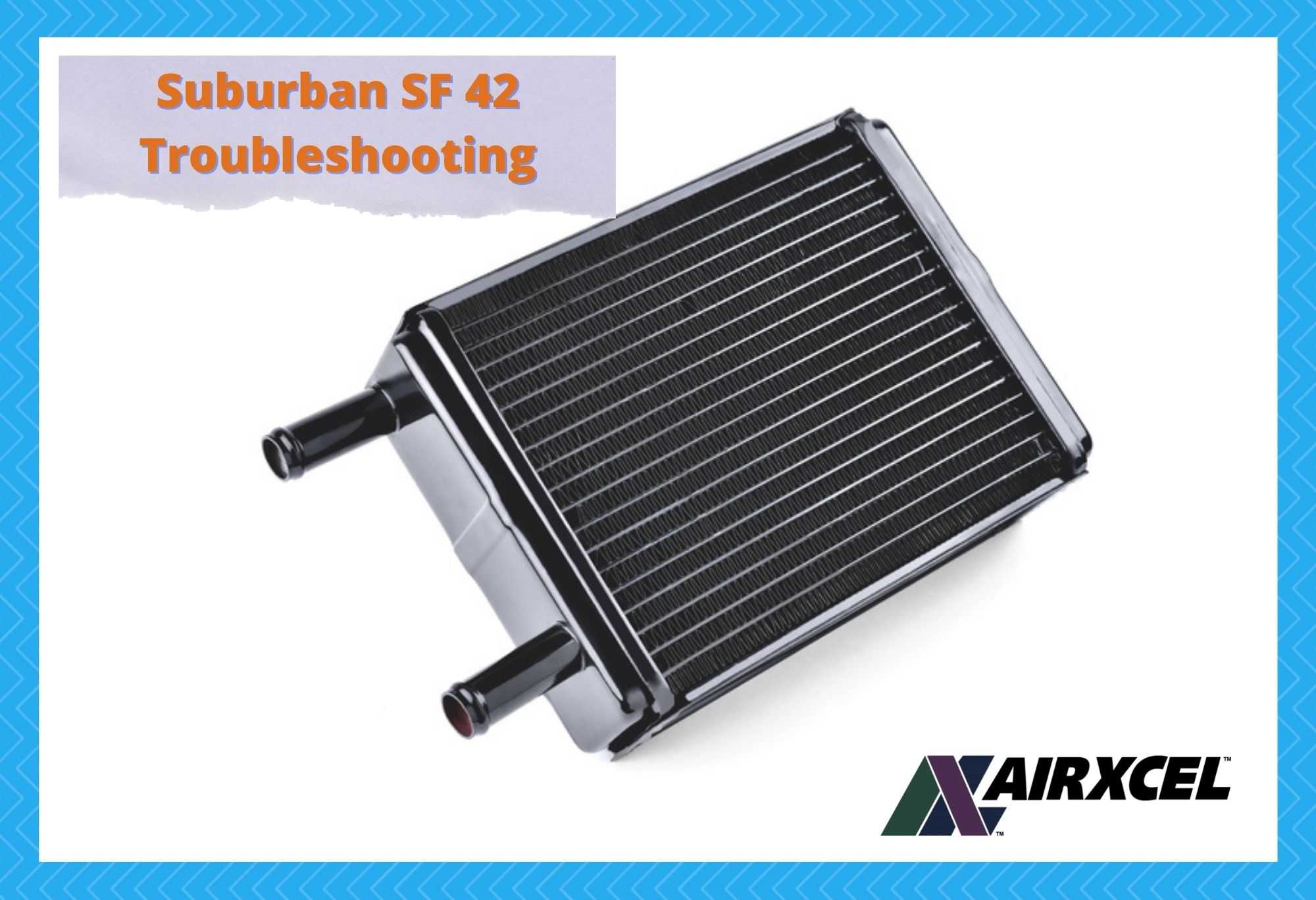
Living in an RV allows you to experience all climates and stay where temperatures are bearable. You can go north to avoid the summer heat waves and south to avoid the harsh winter chill.
But as the saying goes, you can’t always run away from your fears. You have to face them head-on sometimes because there’s beauty in them, too. After all, it’s the only way to enjoy skiing in Colorado or sunbathing in Florida during your most-hated months.
All the same, you must also arm your RV with the right gear to maintain a comfortable living space, especially in winter when low temperatures can penetrate even your vehicle’s dense insulation. Thankfully, modern RVs are furnished with a heating system, and you’re free to modify what you have or add more if you’re unsatisfied.
Heating systems for RVs are available in different types. If you’re like me, who’s always on the hunt for affordable and efficient options, consider getting a propane furnace.
Unlike an electric furnace that is only ideal for RVs parked where there’s a power hookup, you can use this furnace anywhere. Another popular option, which might raise some eyebrows in the green community, is the diesel or kerosene heater. However, this heater requires a separate fuel tank and regular upkeep.
But which one is recommended?
A ducted furnace is the most popular (and arguably the best) option. It’s not a type of heating system (because apparently, you can convert any heating system into it) but a heating system assembly. Unlike portable heaters, it is connected to ductwork that distributes heat throughout the RV. Here are some of the benefits of a ducted furnace:
- Even heat distribution – Unlike other heating systems that only warm up certain areas, a ducted furnace provides heat to every corner of your RV. You don’t need to gather in a tight spot around the heater to stay warm. It warms all vented rooms.
- Energy-efficient – With even heat distribution, you can keep your RV warm with less energy. It can help you save fuel or run the furnace for longer.
- Quieter when running – Some heating systems create an annoying sound when they operate. A ducted furnace doesn’t. Part of the reason is that the furnace is located elsewhere in the RV. It’s ideal if you want to keep a peaceful and serene environment.
- Easy to operate – Most RV owners with a ducted furnace claim their units are user-friendly. Thanks to its straightforward controls, you can set your desired temperature and let the furnace do the rest.
- Easy to maintain – You won’t have to operate your ducted furnace directly. Instead, you can do it through the thermostat. Plus, you will keep it in an enclosed space, so it is less prone to damage.
What is the Suburban SF 42?
A heating system for your RV is a significantly pricy investment. Therefore, it’s only fitting to put extra effort into your search for the correct unit. Suburban is among the first brands you’ll come across if you start your search from the most established and trusted ones.
Suburban Manufacturing is an American company that makes heating, cooling, and water heating systems for RVs, boats, and specialty vehicles. It has over 80 successful years in its portfolio, so this brand is worth considering.
The Suburban SF 42 is one of Suburban Manufacturing’s bestselling heating systems. It is a versatile, low-profile ducted furnace that suits mid-size and large RVs. It has everything you need for easy installation and access, particularly identical cabinet dimensions, but it requires an exterior door.
It also looks appealing, thanks to its multi-ported stainless steel burners. As for performance, it doesn’t disappoint, with its sealed forced-draft combustion and automatic direct spark ignition.
How does the Suburban SF 42 operate?
The Suburban SF 42 operates the same way as other standard RV furnaces. It starts by igniting the gas to warm up the heat exchanger. Next, blower fans underneath the exchanger blow the heat into the ductwork and circulate it into the RV.
Finally, another vent conveys all exhaust gases and fumes outside. This combustion continues until the thermostat detects your set temperature in your RV’s interior.
All furnaces are at risk of overheating, power surges, and malfunctions, which is why they are equipped with safety switches. When your Suburban SF 42 is compromised, these switches automatically shut it down to prevent further damage.
The flashing lights on the control panel show this. The flashes indicate specific issues that your furnace has encountered. They give you clues to the ideal remedy to restore the furnace.
Suburban SF 42 troubleshooting – 3 common problems
Before attempting to fix your Suburban SF 42, you must understand that you’re dealing with a machine that utilizes and generates two of the leading causes of accidents and injuries anywhere on the planet—electricity and heat.
Therefore, take all the necessary precautions not only to avoid accidents but also to avoid causing your equipment more damage.
The first rule is never to use any tool or your bare hands to open and patch up the furnace when it’s running. If you are to test if what you’ve done works, make sure the electrode assembly is connected and all the screws are snug.
Do not reuse a broken module board. It’s your machine’s brain, and if a button is broken or missing, your furnace might not operate safely.
Now, let’s discuss some of the common issues you may encounter with your Suburban SF 42 and how to troubleshoot them:
1. The blower runs, and the micro switch is engaged, but the electrode doesn’t produce a spark.
The electrode ignites the fuel by generating an electrical arc, an ionized channel, or plasma that creates heat and light. If it doesn’t do that, something is wrong with it or the components and connections necessary to pass an electrical current through it.
The most likely cause of this issue is an insufficient voltage at the module board. To confirm, wait for the blower motor to reach full speed, then scrutinize the module.
If there’s sufficient voltage in the module board, but the space is delayed by 12 to 18 seconds, it’s probably a connection issue. Check the connections going into the electrode and between the micro and limit switch.
Besides discontinuity, look for potential cracks and damage on the electrode assembly. If the electrode is fine and the module board is the one acting up, don’t bother to revitalize it. Just replace the device to experience its maximum use.
2. The burner shuts off and goes into lockout after momentarily igniting.
The sensor probe must be about 0.25 to 0.31 inches above the burner. If it’s too far or too close to the flame, it will signal the control system to cut off the gas supply.
One quick solution is gently bending the sensor probe until you get the correct height. If the burner still goes into lockout, the wiring between the flame sensor and the module board must have been disconnected or crimped.
The flame sensor must generate at least 7 micro-amps within 7 seconds after the burner is lit to perform in sync with the system. If there’s even just a second delay, it will deliver the wrong feedback and mess up the furnace’s operation.
You can fix this by adjusting the position of the sensor probe. If the problem persists, then the module board is likely the culprit. Replace this board immediately if found broken.
3. The electrode has a spark, but the burner isn’t igniting.
Your best guess is that no gas is coming through the burner. That’s why it’s not lighting. You’d have already confirmed this if there’s a flow meter mounted along your gas supply line.
Whether it’s for differential pressure or positive displacement, an unusual reading indicates a problem with the gas supply. It could be an obstruction in the gas line or the burner itself.
A lack of pressure from the gas tank may also cause it. To confirm this, measure the pressure drop by comparing it with the line pressure. If it drops more than 1/2 inch, it could mean a faulty regulator or a restriction along the gas line. Replacing the regulator or removing any restrictions on the gas line should fix the problem.
Conclusion
Any furnace brand and model can give you trouble if you fail to use and maintain it properly. The Suburban SF 42 is no exception. In fact, the troubleshooting tips above are just the basics.
You’ll encounter far more complex issues. You can try to fix them or call a professional technician. Just remember that your furnace is among your RV’s essential amenities, especially during winter. You can’t afford to lose it. So, you might as well learn complex troubleshooting because professional services will not always be accessible.

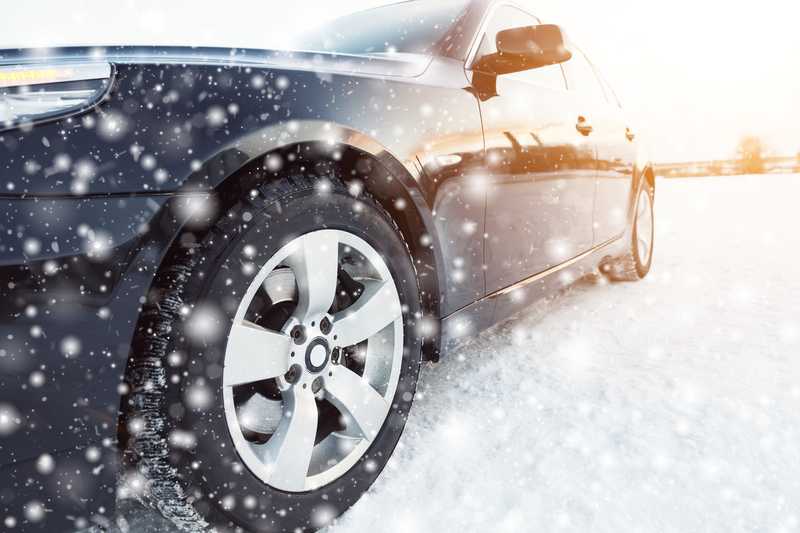
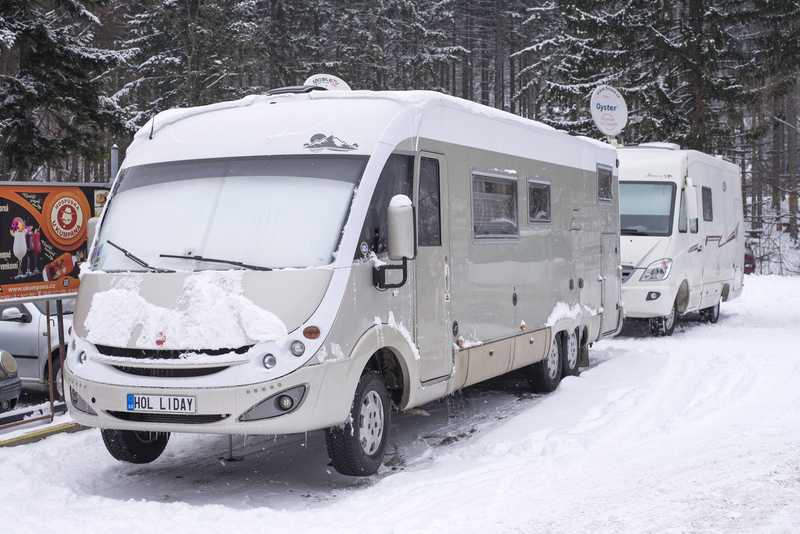
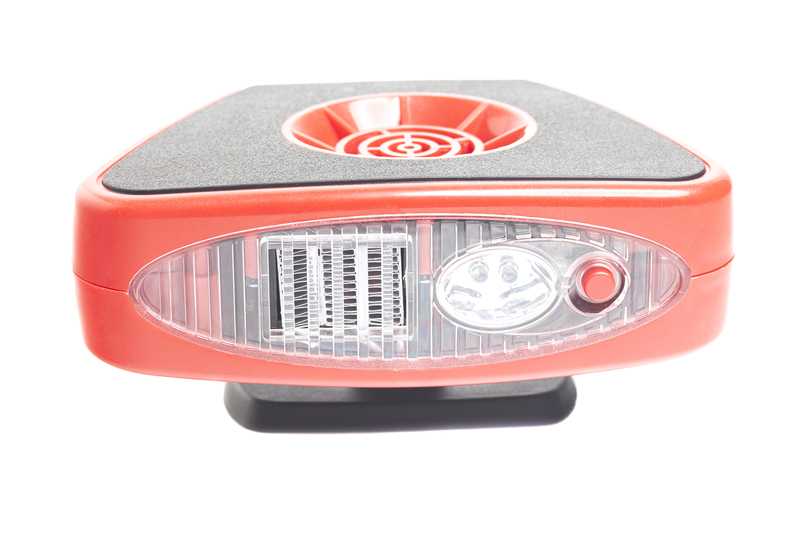

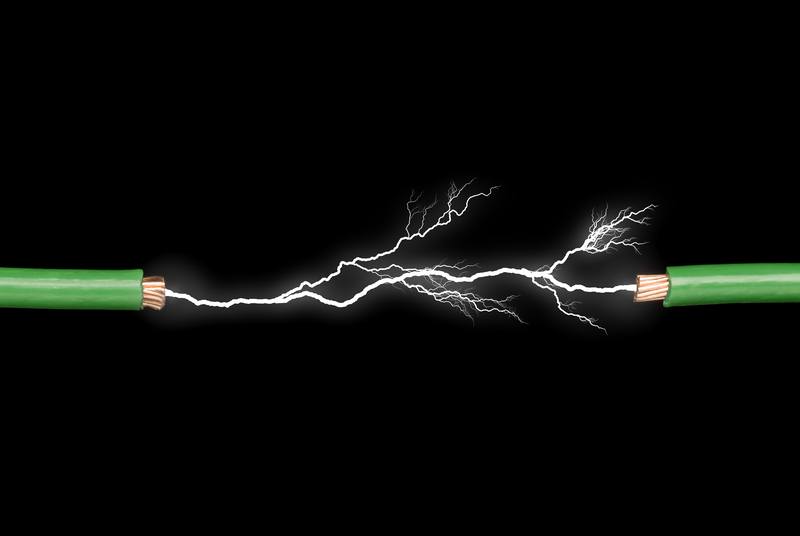
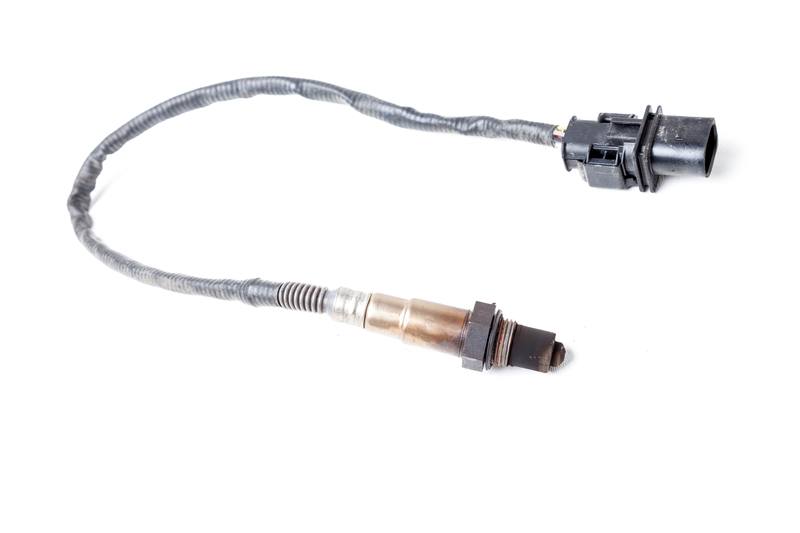

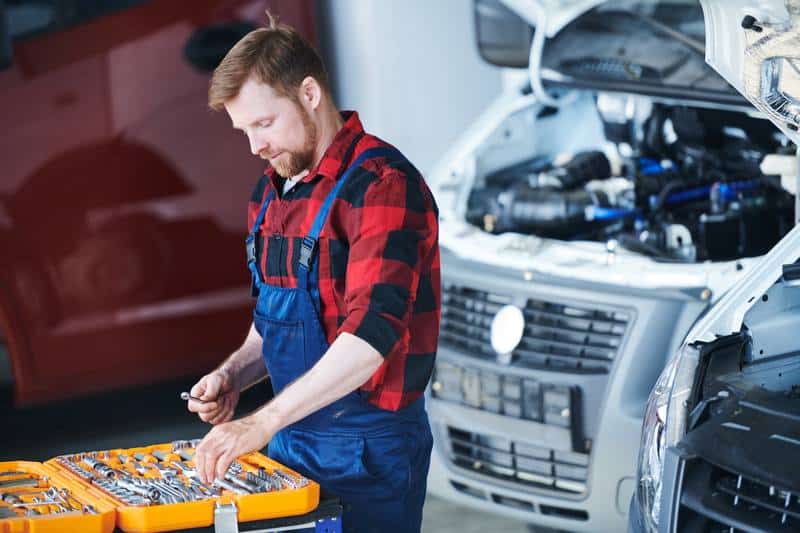
Furnace fires up and runs after running to heat up camper the fan continues to run and the furnace will not reignite fan will shut off after turning thermostat up and down then fan will shutoff and rest thermostat and furnace will work for a little while and back to the same thing